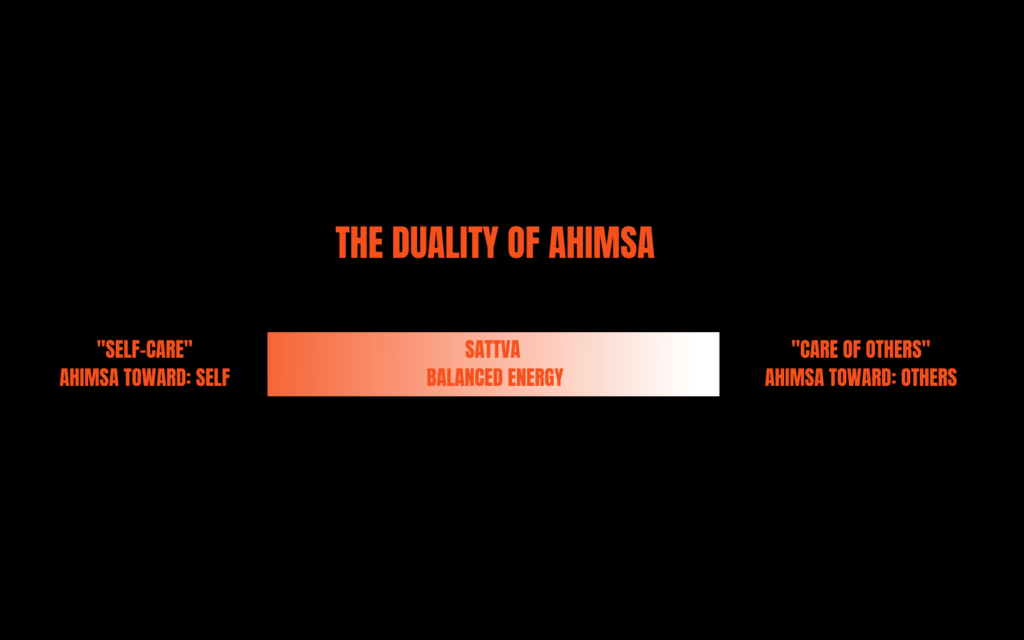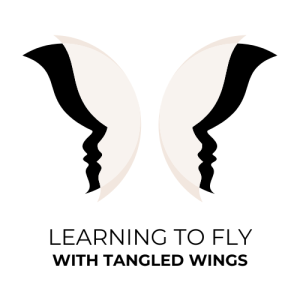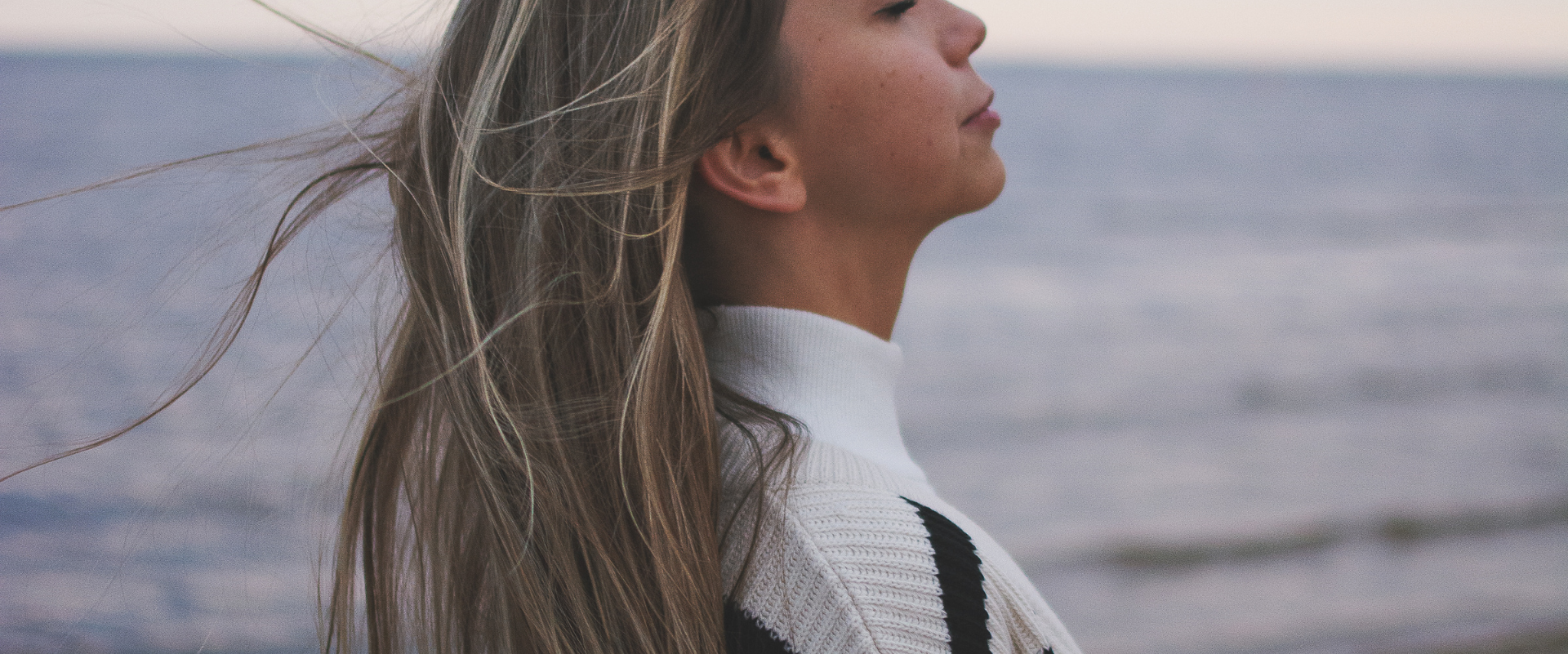"Care of Others" vs. "Care of Self"
The Three Gunas in Minimalism
In the lens of ecosex & its overlaps with minimalism, the Yama, “Ahimsa” is a complicated & varied topic. “Ahimsa”, often referred to as kindness & loosely translated as “non-violence”, is a contextually important & perspective-based stance. In order to examine non-violence, we must first examine what (& who), we are violent toward.
Care of Others: Ahimsa as Expression
In this light of Ahimsa, we prioritize taking care of others. In our viewpoints, we are asked to consider how our thoughts, speech, & action are hostile toward those we perceive as outside of ourselves. In this reflection, the practice of Ahimsa is to transform that hostility towards kindness & non-violence.
Care of Self: Ahimsa as Experience
In this light of Ahimsa, we prioritize taking care of ourselves. In our viewpoints, we are asked to consider how our thoughts, speech, & action are hostile toward ourselves. That voice in your head? That should be your very best friend! For too many, it is not. For too many, this voice is filled with aggression, fear, judgment & doubt. How can we invite kindness, compassion, & non-violence into this voice? In this reflection, the practice of Ahimsa is to transform that self-inflicted hostility towards kindness & non-violence.

Ahimsa in Action
Through the lens of perspective, we examine Ahimsa as care of self & care of others. We sometimes refer to care of self as if “self” were a stable, unchanging thing & to take care of it would always imply the same techniques & methods. Though, anyone who has lived in a human body for any length of time can tell you that it is a tad more complicated than that. What does it mean to take care of ourselves? Well, it depends.
Care is contextual. There are certainly elements of ego & wisdom mind when it comes to the evaluations of our care plan, but one thing is for certain: self-care largely revolves around the role to which we are prioritizing at the time. Self-care as a mother is going to look different than self-care as a sister, a friend, a yogi, etc. Different things are important to different perspectives, & as we prioritize the different roles we fulfill at any given time, we take care of those different roles, differently.
Now we expand this vision of dynamic caring into the care of others. Most of us learned what is commonly referred to as the golden rule in our early days of practice: “treat others as you would like to be treated”.
The flaw with this logic is in the experience of kindness, or ahimsa. By this definition, we are translating our experience into the experience of others, not their experience. We must treat others how they want to be treated, not impose our own expectations of care. We so readily understand & can comprehend this concept in the care of ourselves, why can’t we see this same logic when it applies to others? What feels like care to you may not feel like care to others because the context of others’ situations is different. This does not mean we cannot care for them. It simply means we need to adapt our care to the context & situation & person we are directing that care towards, for others & ourselves.
Ecosex & Ahimsa: Caring & Kindness
In the lens of ecosex & more specifically, minimalism, we challenge ourselves to find the very precise edge of a balanced experienced. In viewing ourselves as an extension of nature, we view ourselves as one, unified, underlying energy. In taking care of me, I take care of you. In taking care of you, I take care of me. Ahimsa, in the lens of care, is taken either way. If we are heavier or either side, we are out of balance.
Too much care for ourselves results in over-indulgence, or gluttony. We waste too much, eat too much, have too much, & are otherwise stuffed to the gills while the nurturing of our environment & eachother drifts & dwindles away.
Too much care for what & those we perceive as outside ourselves results in self-depletion. If placing others ahead of ourselves outweighs the nourishment of our existence past our individual & varying thresholds, we have not removed suffering, but only reversed the direction of it.





